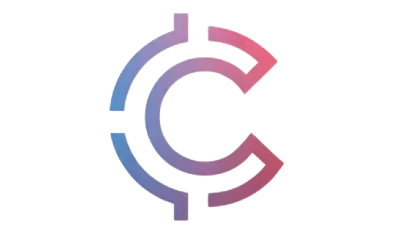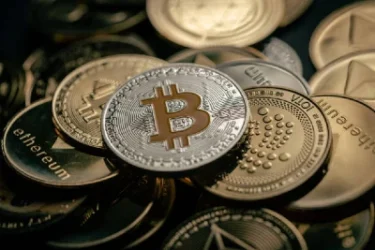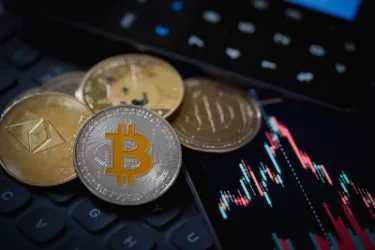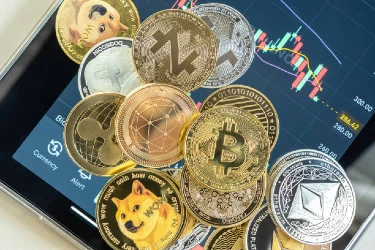Why Blockchain Technology is the Future of Digital Transactions
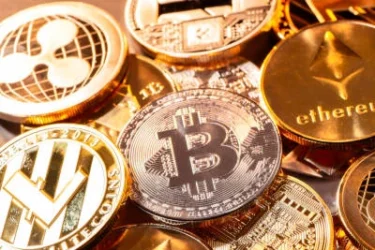
The world of digital transactions is evolving rapidly, and at the center of this revolution lies blockchain technology. Initially popularized by cryptocurrencies like Bitcoin, blockchain is now being recognized as the future of digital transactions. But why is blockchain technology so important, and how is it changing the way we conduct business, transfer money, and engage in financial transactions?
In this article, we’ll dive into why blockchain is the future of digital transactions and explore how it is reshaping industries, making payments faster, more secure, and more transparent.
What is Blockchain Technology?
Before diving into its future potential, let’s quickly recap what blockchain is. In simple terms, blockchain is a decentralized digital ledger used to record transactions across a network of computers. Each transaction is stored in a “block” and linked together in a chain, hence the name blockchain.
The key features that make blockchain so revolutionary are:
- Decentralization: No single entity controls the network, which reduces the risk of fraud and corruption.
- Security: Blockchain uses cryptographic techniques to secure data, making it almost impossible to alter or hack.
- Transparency: Transactions are visible to all participants in the network, promoting accountability and trust.
- Immutability: Once data is recorded on a blockchain, it cannot be changed or erased, ensuring data integrity.
Now that we have a clear understanding of blockchain technology, let’s explore why it is the future of digital transactions.
1. Increased Security
One of the primary reasons blockchain technology is the future of digital transactions is its enhanced security features. Traditional financial systems rely on centralized authorities (banks, payment processors) to secure transactions. However, these systems are vulnerable to hacking, fraud, and human error.
Blockchain, on the other hand, uses a cryptographic hash function to protect transaction data. Each block in the blockchain contains a unique hash, and once a transaction is added to the blockchain, it is verified by multiple computers across the network. To alter any transaction, a hacker would have to change every subsequent block, which is virtually impossible due to the decentralized nature of the blockchain.
This high level of security makes blockchain an attractive option for industries that deal with sensitive data, such as banking, healthcare, and government services.
2. Reduced Transaction Costs
Another reason blockchain is the future of digital transactions is its ability to reduce transaction costs. Traditional payment systems often involve intermediaries, such as banks, payment processors, and credit card companies. Each of these intermediaries charges fees for processing payments, which can add up quickly, especially for cross-border transactions.
Blockchain eliminates the need for intermediaries by allowing peer-to-peer transactions. With blockchain, transactions are verified and recorded by a network of computers (or nodes), without the need for a central authority. This peer-to-peer model significantly reduces the cost of transactions, making it more affordable for both businesses and consumers.
Additionally, blockchain’s efficiency reduces administrative and compliance costs, as there is no need for reconciliation between multiple parties. This cost-effective nature is one of the reasons why blockchain is being adopted by many industries to streamline financial processes.
3. Faster Transactions
Blockchain technology allows for faster digital transactions compared to traditional methods. In the case of cross-border payments, for instance, traditional methods like wire transfers can take several days to process, due to the involvement of multiple intermediaries and time zone differences.
Blockchain enables real-time transactions by using a decentralized network of validators. These validators ensure that transactions are processed quickly, with confirmation times often taking just minutes or even seconds. For example, Bitcoin transactions typically take about 10 minutes to be confirmed, while newer blockchain platforms like Ripple can settle cross-border payments in just a few seconds.
This speed advantage is especially crucial in industries that rely on quick, real-time transactions, such as e-commerce, stock trading, and supply chain management.
4. Transparency and Trust
One of the key benefits of blockchain technology is its transparency. Every transaction recorded on a blockchain is visible to all participants in the network. This creates a public ledger of transactions that can be audited and verified by anyone, ensuring complete transparency.
In traditional payment systems, transaction details are often only visible to the parties involved and the financial institutions processing the payments. This can lead to issues of trust and accountability, as customers may not be able to verify that their transactions are being handled correctly.
With blockchain, the transparency of transactions reduces the likelihood of fraud, errors, and manipulation. This transparency fosters trust between users, and it’s one of the main reasons why blockchain is gaining popularity in industries like supply chain management, healthcare, and banking.
5. Financial Inclusion
Blockchain technology is also helping drive financial inclusion. According to the World Bank, over 1.7 billion people worldwide are unbanked, meaning they don’t have access to traditional banking services. These individuals often rely on cash or informal financial systems, which can be inefficient and unsafe.
Blockchain allows for borderless financial transactions without the need for a bank account. All that’s required is a smartphone and an internet connection. By using cryptocurrencies or blockchain-based payment systems, individuals in underserved regions can access financial services such as sending and receiving money, paying bills, and even investing.
As a result, blockchain has the potential to empower individuals and communities that have been excluded from the traditional financial system. This is why many organizations are using blockchain to develop innovative solutions for remittances, micro-lending, and financial education.
6. Smart Contracts and Automation
Blockchain technology is also the foundation for smart contracts, which are self-executing contracts where the terms of the agreement are directly written into code. Smart contracts automatically execute once predefined conditions are met, without the need for intermediaries.
For example, in a traditional real estate transaction, a buyer and seller would need to go through lawyers, brokers, and escrow services to complete the deal. With smart contracts, the process can be automated and completed more efficiently. When the buyer makes a payment, the smart contract automatically transfers the ownership of the property to the buyer and releases the funds to the seller.
Smart contracts are not limited to real estate. They can be applied to a variety of industries, including insurance, supply chains, legal services, and more. By automating contract execution, blockchain reduces the risk of human error and fraud while improving the efficiency of business transactions.
7. Decentralized Finance (DeFi)
The rise of Decentralized Finance (DeFi) is one of the most exciting developments in blockchain technology. DeFi refers to a set of financial services built on top of blockchain platforms, which aim to recreate traditional financial products (like loans, savings, and insurance) in a decentralized manner.
With DeFi, users can access financial services without relying on banks or other intermediaries. For example, through decentralized exchanges (DEXs), users can trade cryptocurrencies directly with one another, without the need for a centralized exchange platform.
DeFi has the potential to democratize finance, giving people greater control over their financial assets and enabling them to earn returns, borrow, and lend money without the need for traditional financial institutions. This is a major step toward financial inclusion, particularly for individuals in regions with limited access to banking services.
8. The Future of Blockchain in Digital Transactions
As blockchain technology continues to mature, it is clear that it will play a central role in the future of digital transactions. From improving security and reducing costs to increasing transparency and enabling financial inclusion, blockchain has the potential to transform the way we interact with money and value.
Governments, businesses, and financial institutions are increasingly adopting blockchain to streamline their operations and improve customer experiences. Over the next few years, we can expect to see even more innovations in blockchain, including the widespread adoption of central bank digital currencies (CBDCs), cross-border payments, and supply chain tracking.
In conclusion, blockchain technology is not just a passing trend; it is the foundation of the future of digital transactions. As we move toward a more decentralized, transparent, and efficient global economy, blockchain will continue to revolutionize the way we conduct transactions and manage data.
